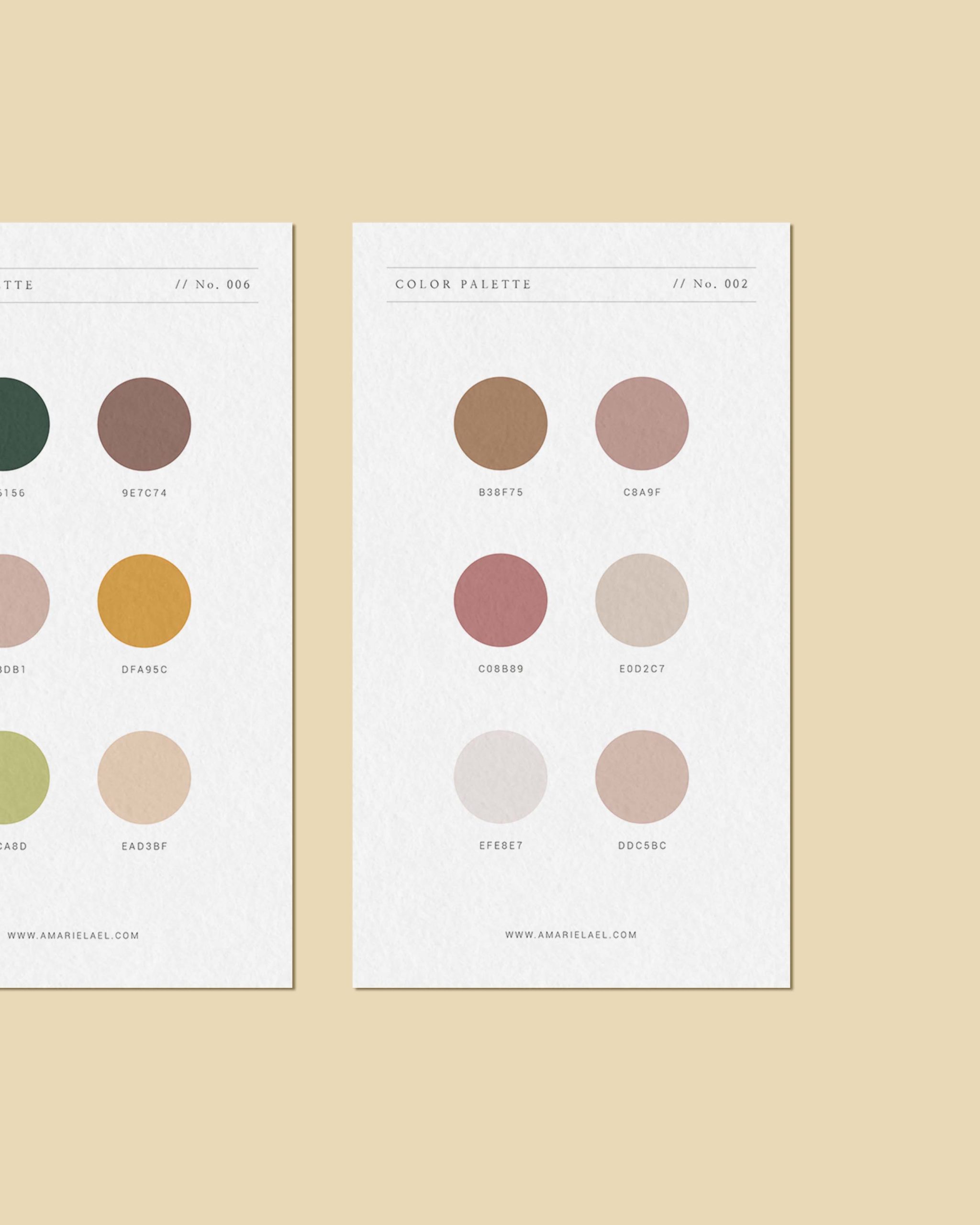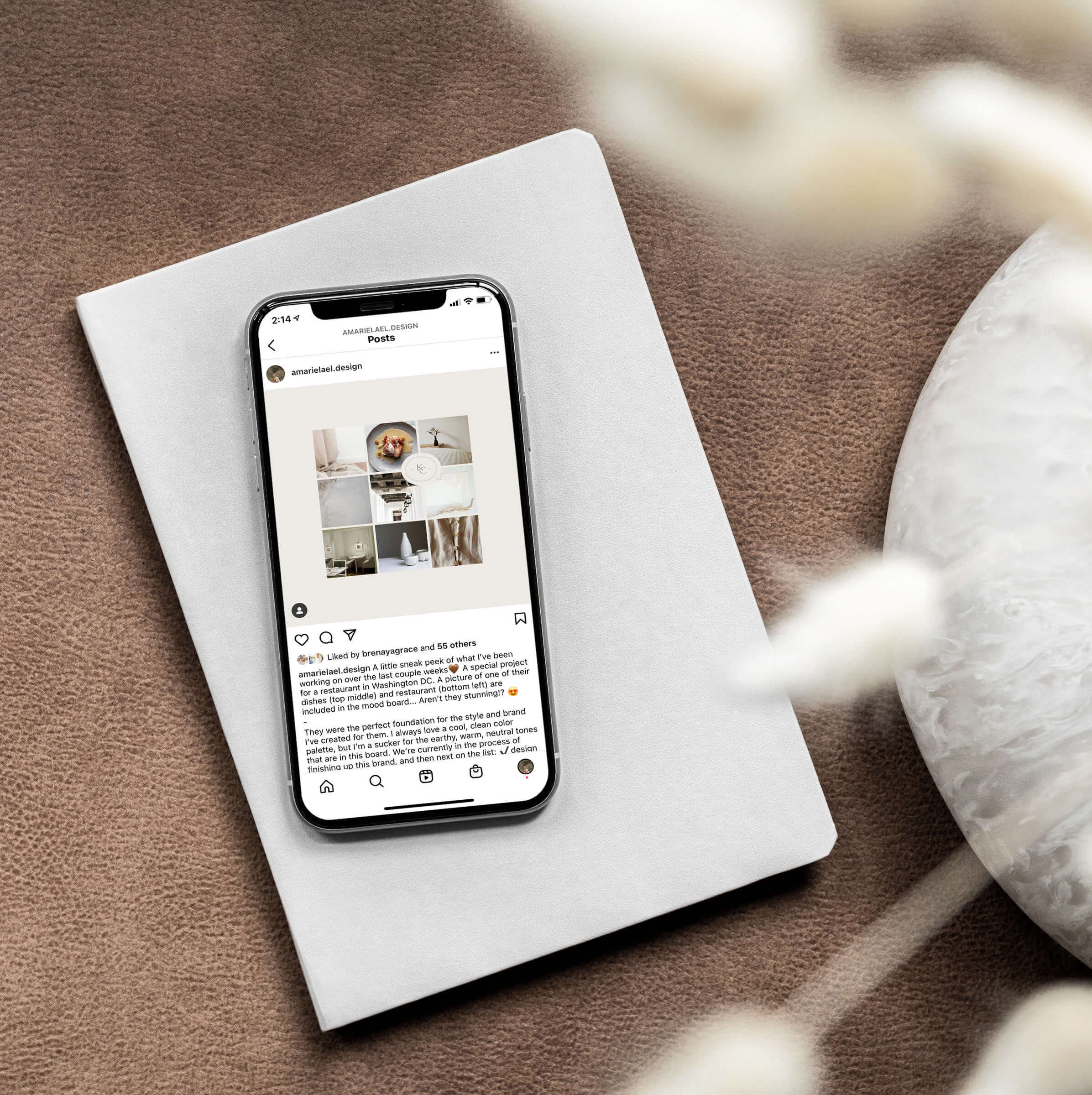
If you’re reading this post, then you probably already know how AMAZING Pinterest is and about all the wonderful things it can do for your business. If you don’t already know this, be sure to take a look at this blog post:
Now to the good stuff! Before you start pinning on Pinterest, it is important to make sure that your account is set up correctly. This will help your pins be more likely to get in front of your target audience as well as give you the tools you need to build a successful Pinterest marketing strategy.
Follow these steps to create an on-brand Pinterest account!
01. Make Sure Your Account it Set Up Correctly
Make your Pinterest account a business account
If your want to implement a Pinterest marketing strategy, it is important to first set your account to a business account. This will let you see your pin analytics, which are helpful for knowing what content to create in the future. If you need help doing this, check out this link!
Confirm your domain
This is so important! It will make you account seem much more professional by recognizing the content from your site and making your pins look like they come from a professional brand, not just a Pinterest user. It also allows you to enable Pinterest rich pins as well as adds a little icon to the top of your profile where people can access your website. If you need help doing this, check out this link!
Apply for Pinterest rich pins
Pinterest rich pins add even more value directly to your pins as well as makes them stand out. When you or someone pins from your website, it will automatically sync the information from that page right onto the pins. It will add everything from product information and prices, recipes, or blog post titles and snippets right onto the pins. It will even add your name, icon, and link, so people will associate that pin with you and it builds brand recognition. If you need help doing this, check out this link!
02. Set up Your Profile
Change your profile picture and cover photo
Profile picture: Either choose a professional headshot or an image of your logo for this. This will make your account seem much more professional.
Cover photo: Your cover photo will automatically fill with a preview of your recent pins. Go into your settings to choose what board the pins come from. Or, create a custom on-brand cover photo! Either way, customizing this a bit will make your profile look more professional.
Add a profile description
Think about using keywords to make it easier to be found, but don’t forget to still get straight to the point, so that people can immediately understand what you do.
Follow other people in your industry
This can help establish your profile and business in that specific industry on Pinterest as well as get you connected with people related to your business. Think of it like Pinterest networking!
03. Set Up Your Boards
First things first, it’s important to take the time to set up and organize your Pinterest boards a bit:
TIP: Check out my Pinterest account for some inspiration and to see how I have it set up.
Hide your personal boards
Make the boards that have personal pins and things that aren’t quite “on brand” but you still want to keep private.
It’s okay to have some boards dedicated to pins that aren’t created by you. Just make sure that these boards still have pins that are “on-brand.” Think about pinning things that your ideal client or customer would like, or think about having some boards that they would find helpful. For example, I have created some “mood” boards that help my clients nail down their brand style.
Organize your boards + create new boards
The boards you have on your profile are the foundation for your Pinterest strategy, so it is important that they are on-brand and feature pins that resonate with your audience or promote your business. The kinds of boards you have on your profile depend on what kind of business you have, but I recommend using the 80/20 rule:
80% of the boards will be for the content you pin from OTHERS: These boards will house all the pins that you pin from your home feed or other people’s profiles. Here are a couple ideas for what these boards could be:
- Educational: Pins that will be helpful/inspirational to your audience (tips & tricks, helpful resources, etc.)
- Lifestyle: Pins that will resonate with and inspire your audience (home decor, fashion, inspirational quotes, etc.)
- Industry-related: Pins that are related to what you do and help build trust in your industry. These boards could feature pins that you use as inspiration in your line of work. (design inspiration, photography inspiration, mood board, etc.)
20% of the boards will be for the content that YOU create: These boards will feature all the pins you create from scratch or come from your website. Here are a couple ideas for what these boards could be:
- Portfolio: Pins showcasing your work (designs, photos, etc.)
- Promotional: Pins featuring your products
- Educational: Pins that will be helpful/inspirational to your audience (blog posts, downloadable guides, etc.)
TIP: Creative Market has a ton of Pinterest templates that can be helpful as you get started creating new pins.
TIP: Check out the peers in your industry for ideas for what kind of boards you can create on your profile.
Set up your board details strategically
Give your boards descriptive names: Be strategic with the names, and use keywords that describe what you will pinning on them. Again, this is key to getting what you pin on these boards in front of your target audience.
Update the covers so that they look cohesive: You can either choose a cover photo from the pins that are already pinned on that board or create your own custom covers.
Use strategic key words in your board descriptions (and in the pins that you pin to these boards). This is one of the most important parts—doing this lets Pinterest know what your board is about and will increase your chances of those pins getting in front of your audience. It is important to use a lot of key words to help your pins reach their full potential.
TIP: In the Pinterest search bar at the top, enter the name of your board and look at the key words that Pinterest auto-fills. Use these words in your board description to make your pins even more visible!
04. Begin Pinning!
The best way to grow your Pinterest account and increase your pin views is to pin consistent, valuable content. Here are some tips for making sure you are getting the most out of your pins:
Images
Since Pinterest’s feed is organized into columns, vertically oriented pins do best. Pinterest recommends that they be at an aspect ratio of 2:3 (or 200px by 300px). Sometimes my pins are even longer than this, but I always make sure they aren’t shorter than 300px.
Titles
Pinterest requires you have a title and it has to be 100 characters or less. It is important to write a title that uses a lot of keywords that relate to your pin, so that it comes up when people search. Pinterest only shows the first 30 character, so be sure to focus the majority of your efforts there. Think about creating a catchy title that will make your audience want to click through to view more.
Descriptions
We touched on this above, but this means pinning 20% of your own content and 80% of the content from others. This helps Pinterest see you as a consistent user (which helps with visibility) without burning yourself by spending countless hours creating new content to pin.
TIP: Use a platform like Tailwind to plan your pins far in advance and track their analytics.
Now that your account is set up correctly and you have a foundational understanding of how to create pins, it’s time to dive into the fun part: Pinterest marketing!
Head on over the following blog post to learn how to begin building a Pinterest strategy that reaches your audience and converts them into paying customers and clients!


